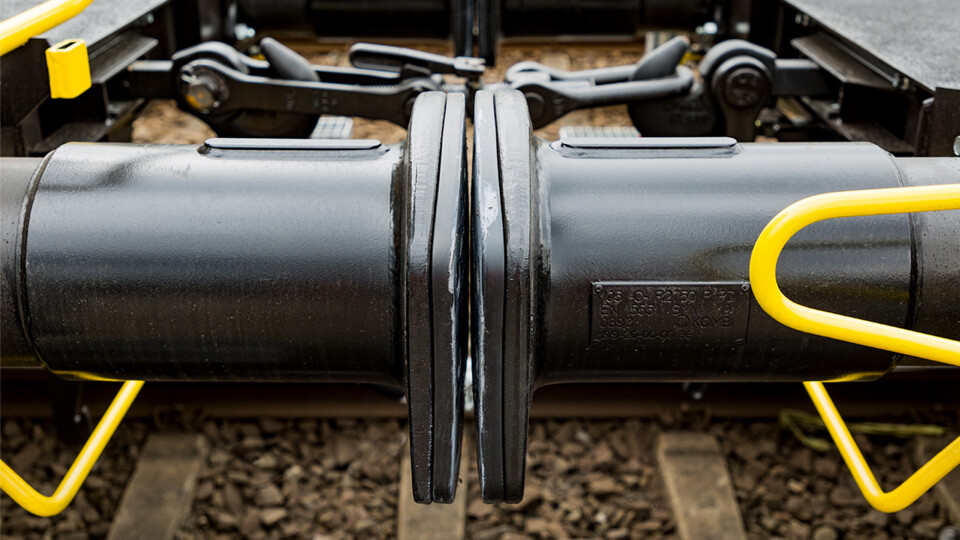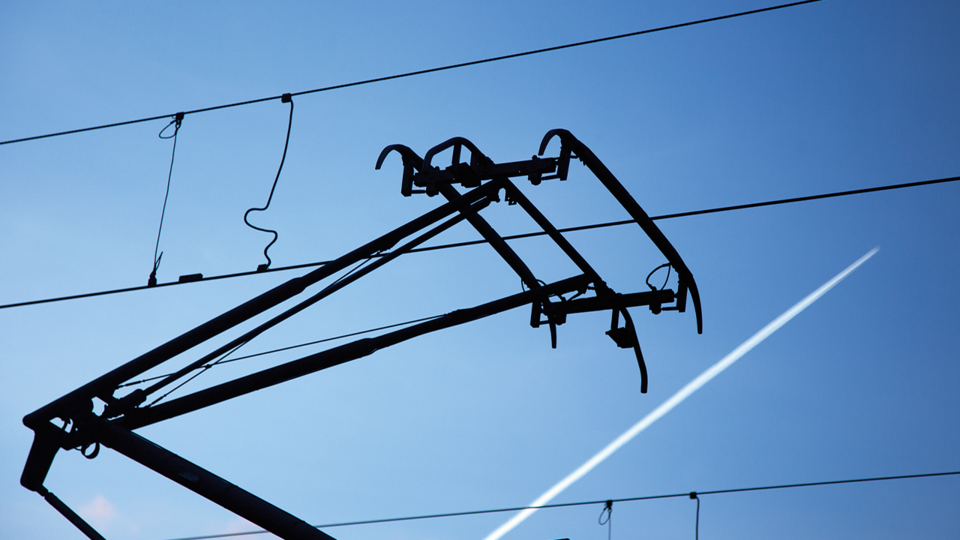
Combined transport plays a central role in logistics in Germany and Europe. This is because it combines the strengths of road and rail: goods are transported in containers, swap bodies or semi-trailers without having to be reloaded when changing modes. This means that the loading units are transported between German and European economic centres in an extremely environmentally friendly manner for the longest part of the journey. A freight train can replace around 40 lorries, and rail transport generates around 80 per cent (!) less CO₂ per tonne-kilometre than lorries. In challenging times for climate policy, the road-rail transport alternative is therefore a guarantee for the necessary transport transition.

Automotive, textiles, chemicals, food and many other freight forwarders and logistics companies benefit from increased road safety, higher payloads and exemptions from taxes and driving bans. Today, all major industries use intermodal transport: automotive, chemical, mechanical engineering, textiles and food, as well as household appliances and consumer electronics. Trains carry car parts and medicines, lettuce and ham, steel and polystyrene, glass and even dangerous goods across national borders, where they are safely stored on the rails.

Due to its geographical location, Germany is the heart of European combined transport: over 200 terminals connect road and rail transport and ensure a smooth logistics chain. Combined transport is also becoming increasingly important across borders – along corridors to Benelux, Italy and Eastern Europe.

The European Union and the German Federal Government are focusing on transport alternatives as a strategic instrument: the aim is to shift long-distance transport from road to rail in order to reduce carbon dioxide emissions and increase the competitiveness of German and European logistics. The German government is promoting the expansion of combined transport terminals and investment in transhipment facilities through its ‘Combined Transport Support Programme’. This is entirely in line with the necessary transport transition.
Less rolling resistance = better energy balance
80 per cent (!) less CO2 and particulate matter
Modern brake pads for less noise
relieving traffic congestion

High transport safety

Securing supply
Up to four tonnes more load weight
Optimisation of the carbon footprint

Savings on expensive storage capacity